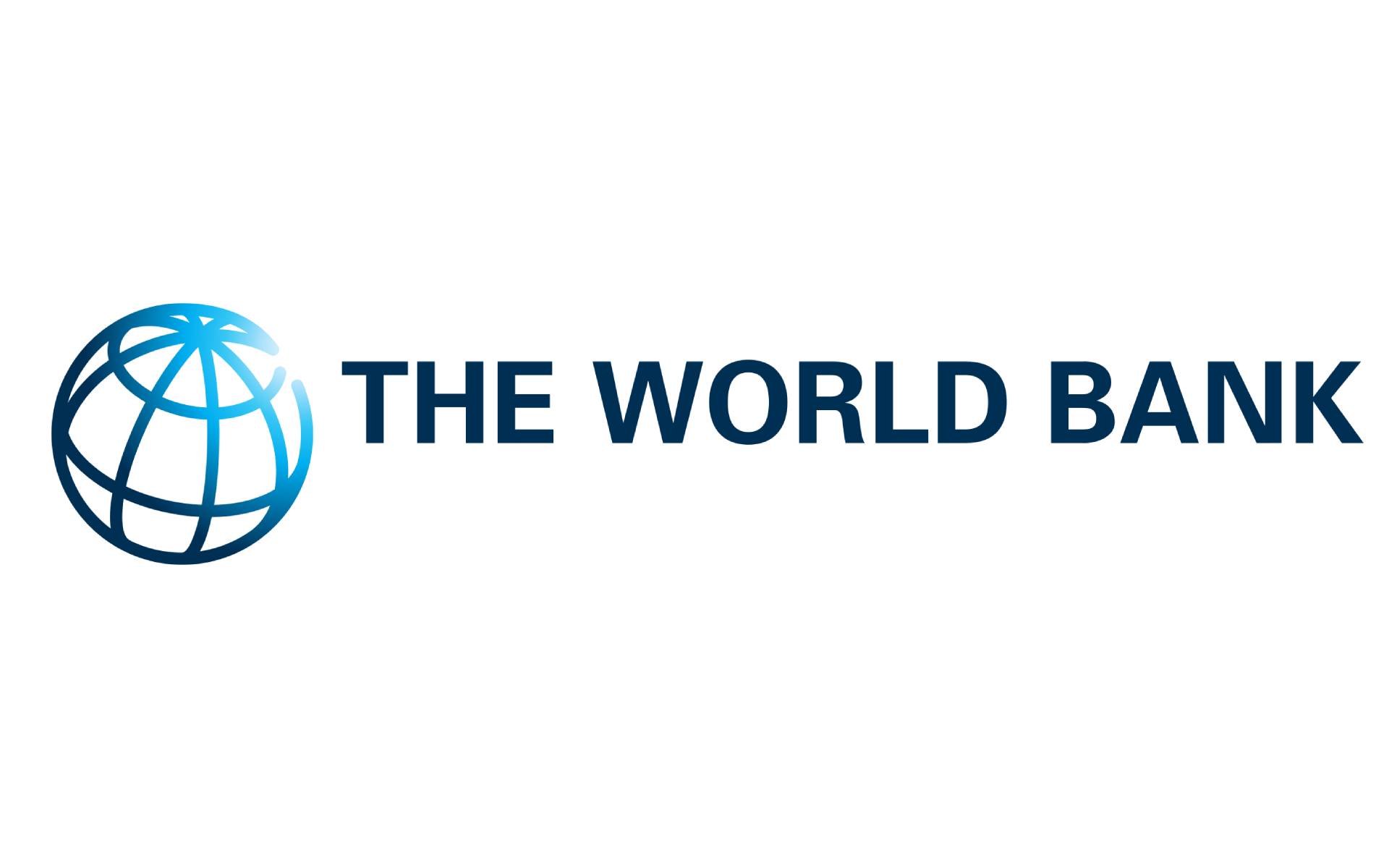
Kathmandu: Nepal’s economic growth is expected to slow to 2.1 percent in FY26, down from 4.6 percent in FY25, due to the impact of the September 2025 public unrest and ensuing political instability, according to the World Bank’s latest Nepal Development Update released on November 13. The report forecasts a rebound to 4.7 percent in FY27 as reconstruction efforts progress.
The update, titled “Reforms to Accelerate Public Investment,” notes that the services sector is likely to be the most affected, while the overall outlook remains uncertain. The report highlights that a successful political transition and strong economic management could boost investor confidence, whereas continued instability could further dampen recovery.
Finance Minister Rameshore Prasad Khanal said the government has launched an Integrated Business Recovery Plan, which includes grants, tax incentives, and operational support to help restore business confidence. A Reconstruction Fund has also been established to repair damaged public and private assets and support infrastructure rehabilitation.
The World Bank emphasized that increasing public investment is key to long-term growth. Nepal’s capital spending in FY24 stood at 7.9 percent of GDP, below the 10–15 percent needed to meet infrastructure requirements.
“Boosting public investment is critical for improving growth, creating jobs, and building prosperity,” said David Sislen, World Bank Division Director for Maldives, Nepal, and Sri Lanka. He underscored the need for reforms in project planning, land acquisition, cash management, and procurement processes to accelerate project delivery.
The Nepal Development Update, published twice a year, provides an analysis of the country’s economic trends and policy priorities in a regional and global context.